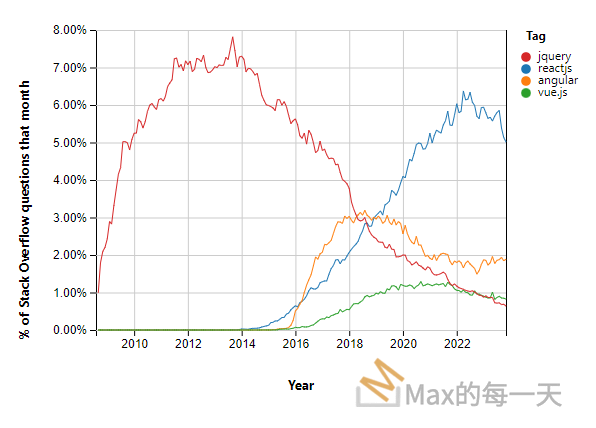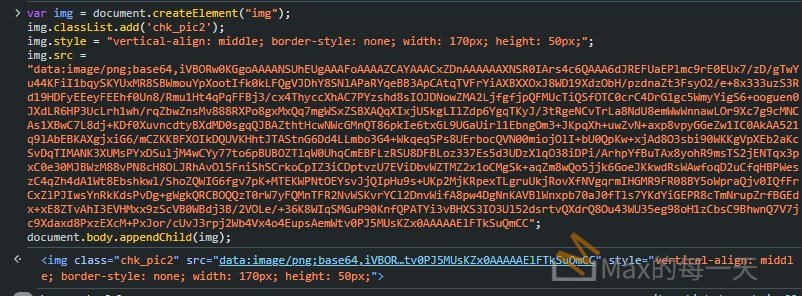為了增加傳輸的速度, 所以要把沒被壓縮的大檔案在server side 壓縮後, 在用戶端解壓縮, 就需要處理 binary data.
由於我是用 fetch 來做 get/post, 所以會使用到 arraybuffer, 使用範例:
https://developer.mozilla.org/en-US/docs/Web/API/XMLHttpRequest/Sending_and_Receiving_Binary_Data
const req = new XMLHttpRequest();
req.open("GET", "/myfile.png", true);
req.responseType = "arraybuffer";
req.onload = (event) => {
const arrayBuffer = req.response; // Note: not req.responseText
if (arrayBuffer) {
const byteArray = new Uint8Array(arrayBuffer);
byteArray.forEach((element, index) => {
// do something with each byte in the array
});
}
};
req.send(null);ArrayBuffer介紹:
https://tr.javascript.info/arraybuffer-binary-arrays
fetch 用法:
A typical fetch request consists of two awaits:
let response = await fetch(url, options); // resolves with response headers
let result = await response.json(); // read body as jsonOr, promise-style:
fetch(url, options)
.then(response => response.json())
.then(result => /* process result */)Response properties:
response.status– HTTP code of the response,response.ok–trueis the status is 200-299.response.headers– Map-like object with HTTP headers.
Methods to get response body:
response.json()– parse the response as JSON object,response.text()– return the response as text,response.formData()– return the response as FormData object (form/multipart encoding),response.blob()– return the response as Blob (binary data with type),response.arrayBuffer()– return the response as ArrayBuffer (pure binary data),
Fetch options so far:
method– HTTP-method,headers– an object with request headers (not any header is allowed),body– string/FormData/BufferSource/Blob/UrlSearchParams data to submit.
In the next chapters we’ll see more options and use cases.


